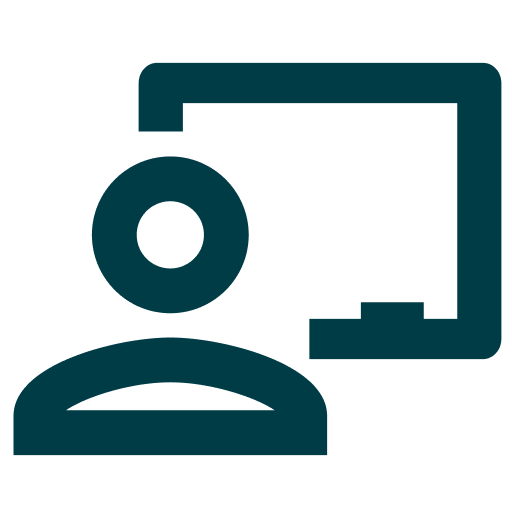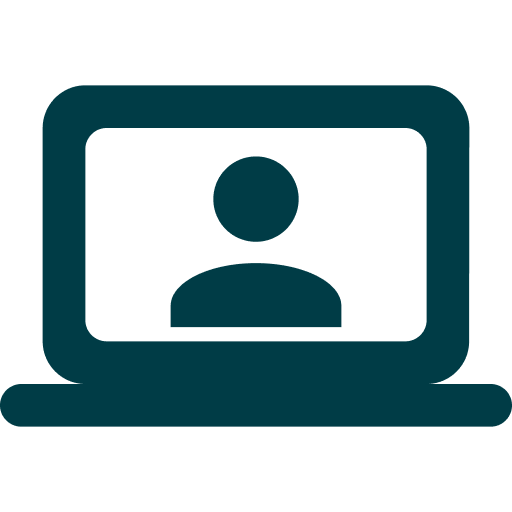It’s hard to meet someone today who hasn’t taken an education course online. K-12 students, undergraduate students, graduate students, PhD candidates, and adults with either full-time or part-time jobs are all looking to distance-education programs for a low-cost, supportive, flexible, and stable solution to their continuing education needs. Some of the challenges distance-education programs face include evaluating students, exam security, student support, technical issues, and computer literacy. However, with the right assessment software, distance-education programs can begin to tackle these challenges one by one.
Tackling Online Student Assessment
One of the biggest challenges that distance educators face is evaluating students with whom they aren’t physically interacting. Distance educators can use ExamSoft’s assessment software to bank online exam questions and tie those questions to accreditation standards, programmatic goals, or learning outcomes. Easily assimilated and detailed summary reports can then be created and used to decipher if students have a solid understanding of the course competencies or objectives the faculty want met—which is especially effective for distance students who may not be getting the face-to-face interaction that students in a “traditional” setting might have.
Exam Security Pains
It’s crucial that distance-education programs have the ability to securely and confidently administer exams, regardless of where the exam is being taken. With this distinct variable in mind, ExamSoft designed its testing platform Examplify to completely lock down the entire exam process, preventing students from opening browsers or exiting the exam.
Student Feedback and Growth Opportunities
Some educators would argue that the primary challenge of distance learning is real-time feedback and support loops for online students and faculty alike. ExamSoft’s easily modifiable and detailed exam summary reports help close the feedback and support gap by giving distance educators student assessment data to help engage at-risk students in need of remediation. Faculty can release exam summary reports to their student cohorts, giving students the ability to self-analyze their results and create a better plan for performance. This feedback process enables online students many opportunities for personal growth and improvement.
Internet Technology Issues
Online courses require a student to have a strong Internet connection. This creates a challenge for distance-education programs because many students live in rural areas where Internet infrastructure is poor, lacking, or too expensive. Thankfully, ExamSoft’s testing platform provides faculty the option to release the exam to students for download a week before the exam—giving students with slow Internet speeds plenty of time to download the exam. And since ExamSoft’s offline delivery of exams completely minimizes Internet issues for students while they take the exam, they can focus more on the exam content instead of their connections.
Computer Literacy and Student Training
Computer literacy among student populations varies greatly. While many students are very proficient using computers, some students cannot operate basic programs like Microsoft Word and PowerPoint. This gap in computer skills is why ExamSoft has created support resources dedicated to assisting students with downloading and managing ExamSoft software—including walkthroughs detailing registering and installing software and downloading, taking, and uploading an exam.
By using an assessment platform, distance-education programs can finally subdue the assessment, exam delivery, and student support challenges that they commonly face.




